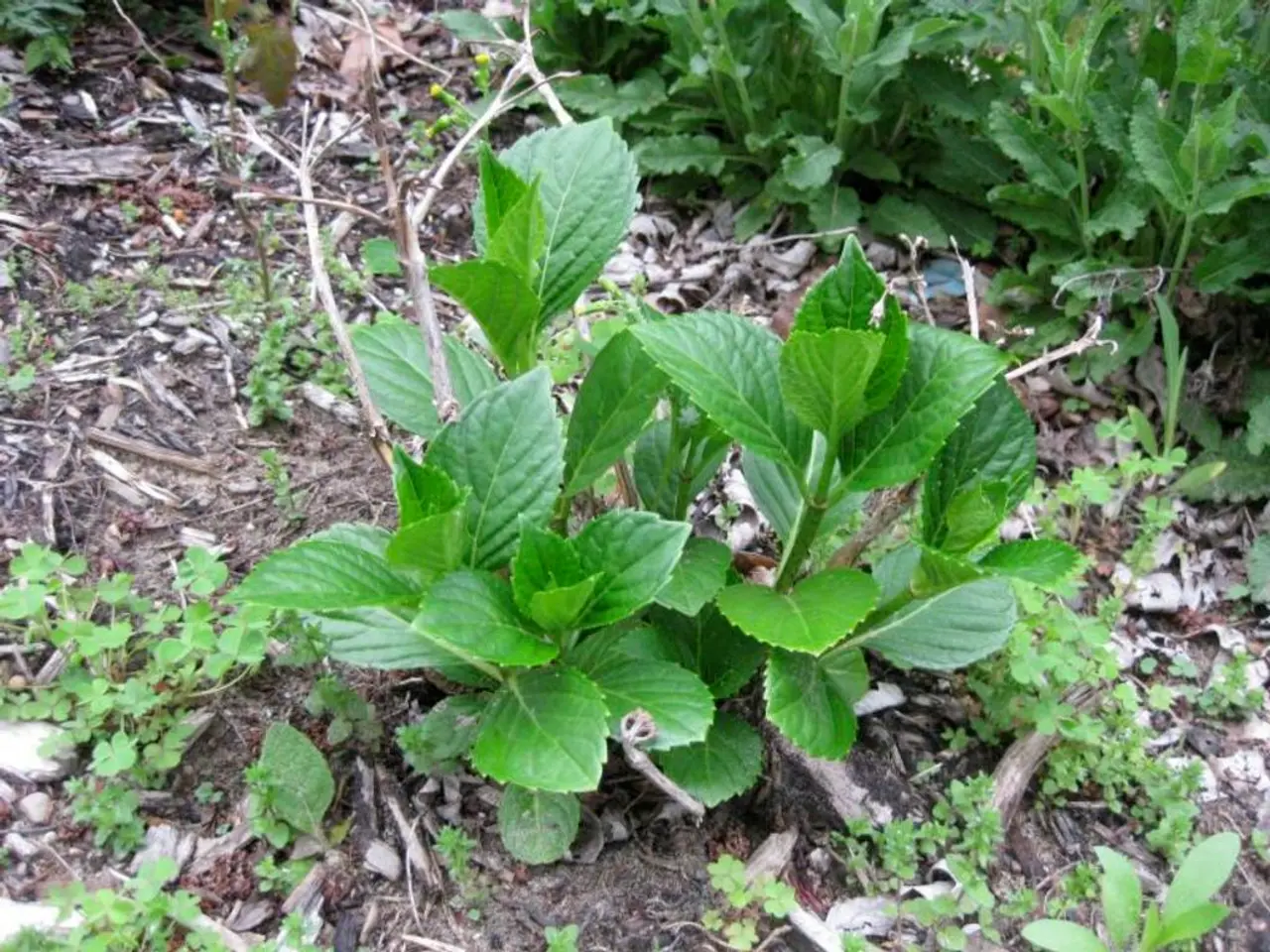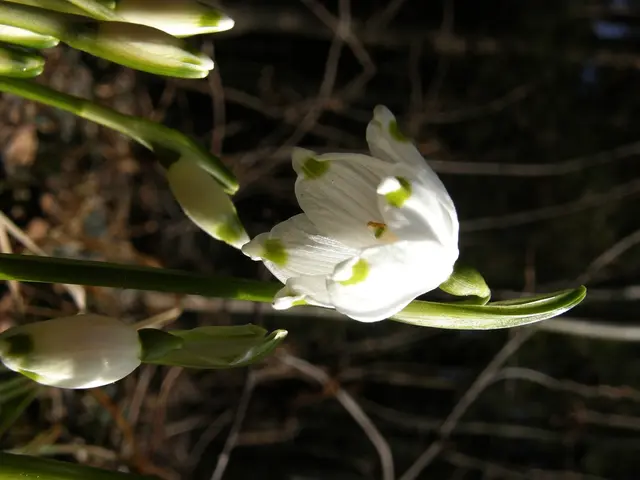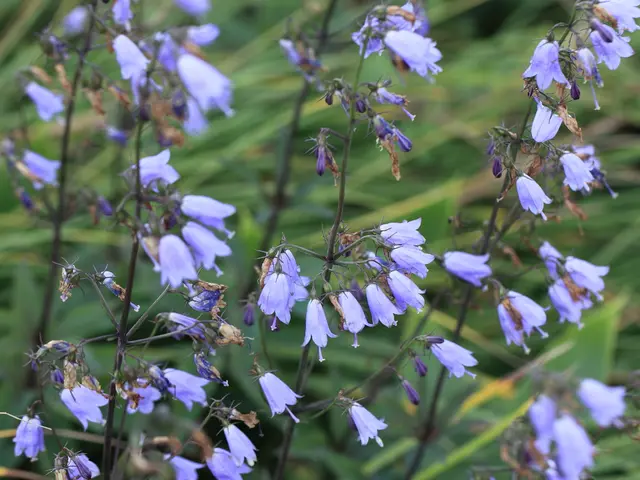The Advantages of Harvesting Herbs: Exploring Their Importance and Proper Techniques
In the world of gardening, maintaining a healthy and productive herb garden is a joy for many. One technique that has been proven to promote bushier and more productive growth is pinching back herbs. This practice, when done correctly, can significantly enhance the flavour and harvest longevity of your herbs.
Mary Ellen Ellis, a gardening expert with over 20 years of experience specializing in flowers, native plants, and herbs, shares her insights on this topic.
For most herbs, it's important to pinch off the flowers as soon as they develop. This practice delays flower formation, giving a longer season for harvesting leaves. Pinching herbs reduces legginess and promotes bushier growth.
When pinching basil, the ideal time is when the stems have six to eight leaves. Look for a dormant leaf bud on a stem, it looks like a small knob. Pinch just above the node to stimulate lateral branching.
Oregano stems should be pinched every two to three weeks, and flowers removed as soon as seen. For mint, pinch the stems when they are 4 to 6 inches long and flowers removed.
Sage tips should be pinched when stems have at least four sets of leaves and regularly pinch back the longest stems. Rosemary should be pruned by pinching off the tips of young stems and pinching back the longest stems by no more than a third of their length as it gets bigger.
Thyme tips should be pinched regularly, up to half of the length of stems. If growing lavender, it's often best not to harvest the leaves and let it grow.
A good general rule is to remove no more than one-third of the herb's growth at a time. The lateral growth produced by pinching makes an herb plant more productive.
When pinching herbs, use fingers for delicate plants and cut cleanly at leaf nodes or where the leaf meets the stem to avoid damaging the plant. For woody herbs like rosemary, sage, and thyme, prune about once a year (early spring or fall).
Remember, pinching herbs signals the dormant bud to grow into two lateral stems. Avoid over-pruning woody herbs since excessive cutting into old wood can reduce vitality. Instead, focus on trimming fresh, green growth tips to encourage bushiness.
By following these best practices, you can encourage bushier and more productive growth in basil, oregano, mint, sage, thyme, and rosemary. Happy gardening!
Summary Table for Pinching/Pruning Frequency and Method
| Herb | Pruning Method | Frequency | Key Tips | |------------|-------------------------|--------------------------|------------------------------------| | Basil | Pinch top leaves at nodes| Weekly during growth | Pinch before flowering, clean cuts | | Oregano | Pinch top leaves | Regularly during growth | Use fingers to pinch tightly | | Mint | Pinch top and side shoots| Regularly | Keeps plant bushy and fresh | | Sage | Prune woody stems lightly| Once a year (spring/fall) | Avoid cutting old wood | | Thyme | Prune woody stems lightly| Once a year (spring/fall) | Pinch new growth only | | Rosemary | Prune woody stems lightly| Once a year (spring/fall) | Prune before new growth |
By adhering to the pinching technique, you can nurture bushier and more productive growth in herbs like basil, oregano, mint, sage, thyme, and rosemary. This practice involves pinching off flowers promptly, especially for basil, oregano, and mint, to prolong the harvest season and encourage bushier growth.




